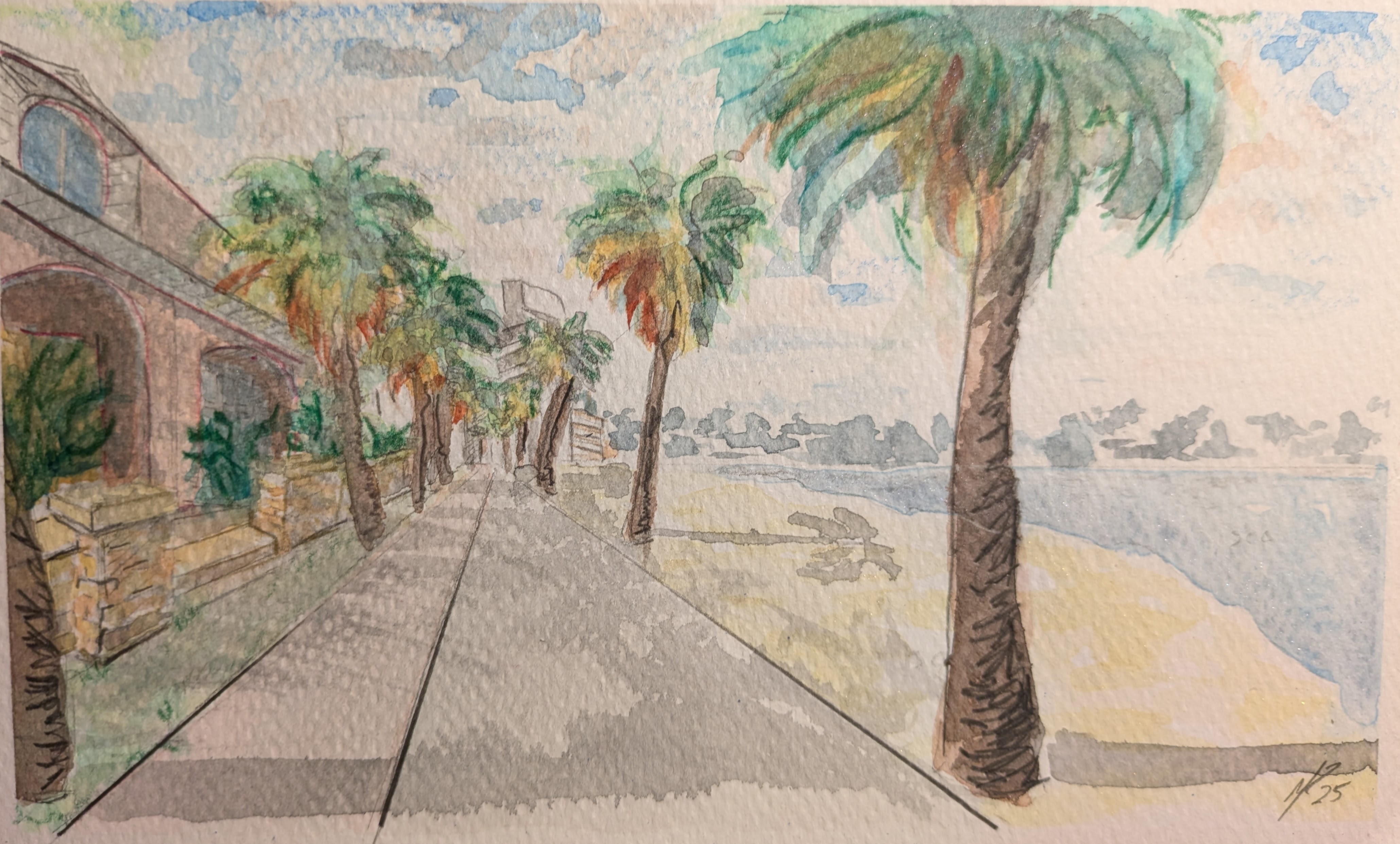I’ve spent years writing about the intersection of technology, culture, and policy. When social media is increasingly used to create events, rather than report on them, I find that work increasingly relevant.
It is one thing to write an essay here or a newsletter there. Given the potential harms, utilizing adding additional forms, like narrative, seems warranted. Hurricane David is a corporate-gothic tech tragedy set in a near future Florida Archipelago. This post-truth fable traces the edges of where reality can be manufactured - and what happens when the natural order reasserts itself.
Enjoy this one, or at least use it to justify a different path. This is the fifth and final scene. If you missed the first, you can begin at the beginning. Or download a collected version of all five parts and get a bit of background from the Stories page.
~Matthew

Scene 5 - Superstorm
The superstorm began long before social media, before radio, before the first stories flickered against cave walls. There was no narrative, no protagonist seeking revenge, no monster with intent. Only heat rising from water, vapor becoming cloud, air feeding on air until motion became inevitable - natural interactions as old as the planet itself.
For centuries the Gulf had warmed, each year storing energy, releasing it in fits, then resetting to a new normal a degree closer to ruin. The atmosphere - an ocean we live at the bottom of - moved according to laws more ancient than our knowing. Where it brushed the sea, a spiral began. From orbit, it thickened: a white convulsion swelling to blot the curve of the Earth.
Satellites recorded the pressure drop, numbers slipping past precedent, but the data could no longer describe what existed below. The language of measurement broke first.
A hurricane isn’t angry. It has no morality. No justice. It cannot be reasoned with. It doesn’t care about followers or forecasts. It simply is - vast, unalive, consuming without hunger - simple systems combining into incomprehensible design.
Then the wind arrived, and the sky was erased. Color fled. Horizon dissolved. Roofs peeled like fruit skin, walls bowed, towers folded. Everything moved; nowhere remained. Roads liquefied into canals. Water and sky became one continuous violence, their boundary only the white teeth of the gusts.
For twenty hours - though time had lost meaning - the storm held one unbroken note. Reality, as we comprehend it, wavered. Rain didn’t fall; it traveled sideways, carving trenches without reason, driving rivers from their beds into madness. Seawalls fell. Houses lifted and vanished. The ocean climbed stairs, found ceilings, pried walls apart. Yachts, shrimp boats, even freight containers skipped inland like stones and lay still, marooned of purpose.
From above, an eye that was not an eye opened: twenty-five miles wide, a perfect geometry, a stillness that could not last. Then the opposite wall made landfall, and the impossible resumed.
By morning, the Archipelago was a smear of mud and debris. The precise geometry of grids and cul-de-sacs erased. Canals redrawn by surge and silt. Mangroves, cordgrass, and pink houses - gone.
The sea did not notice. It was beyond such negotiation.
#
Elsewhere, the Louisiana Branch of the Bureau of Truth issued a priority statement: “The Florida Archipelago Demonstrates Resilience After Historic Weather Anomaly - A Clean Slate for Growth.”
Alethia tagged it, “Highly shareable”.
The End
